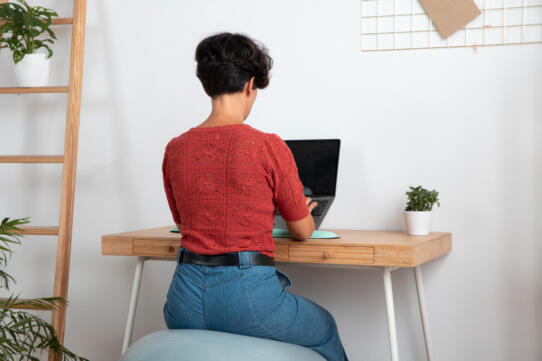In our fast-paced world, sitting is an unavoidable part of life. From working at desks to commuting on buses, we spend a significant amount of time with our backsides glued to chairs. While staying seated for extended periods isn’t ideal, there are ways to make it a healthier and more comfortable experience. Enter the fascinating world of sitting positions!
This article isn’t just about etiquette (although proper posture never hurts!). We’ll talk into the science behind sitting positions, exploring how they affect your body and uncovering tips to maximize comfort and well-being.
The Power of Posture: Why Sitting Positions Matter
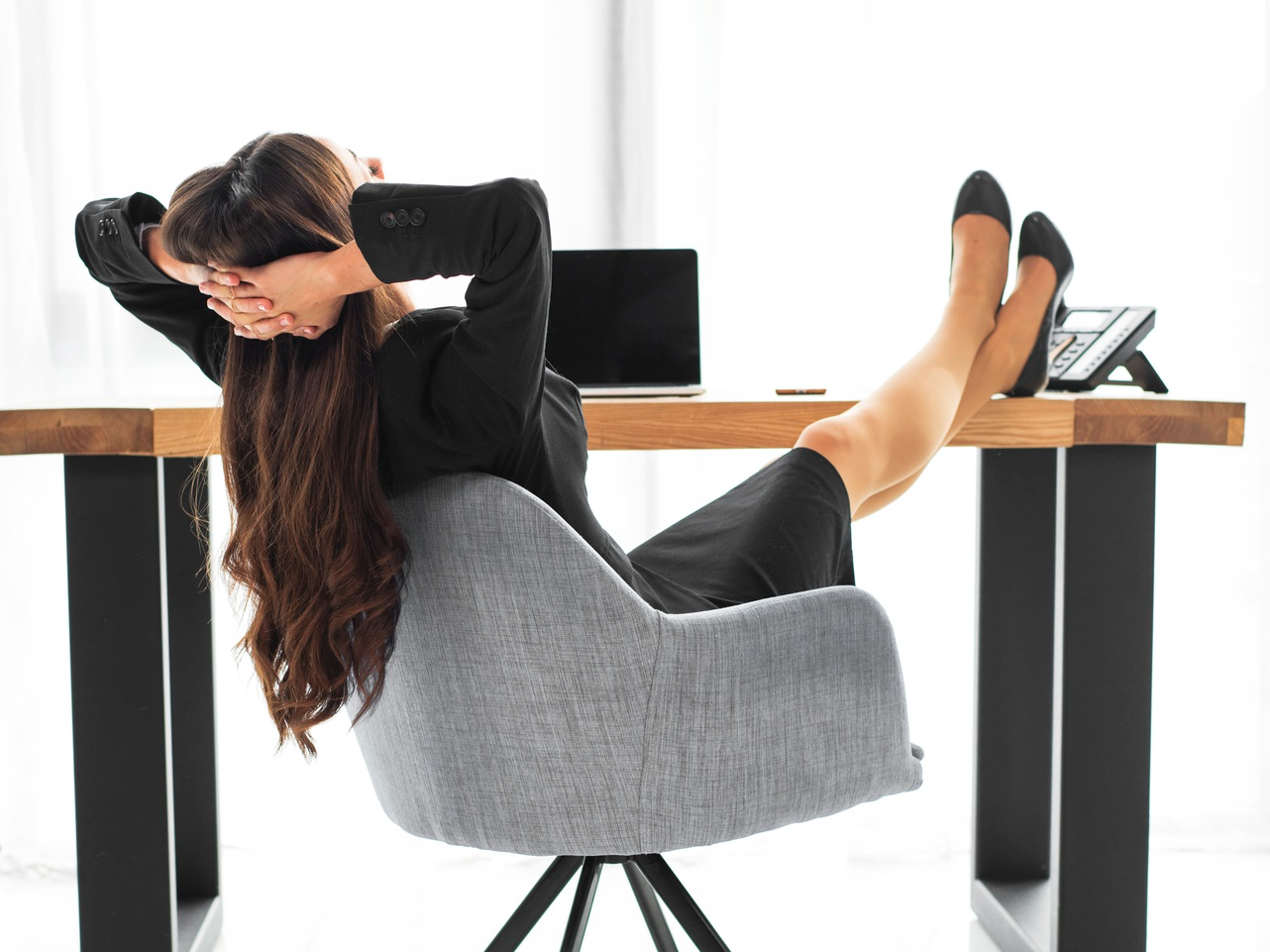
Maintaining good posture while sitting is more than just sitting up straight; it’s crucial for your overall health. Here’s how:
Spinal Alignment
Proper sitting posture keeps your spine in a neutral position, where the natural curves are supported. This reduces strain on your back muscles and prevents aches and pains that can develop from slouching or hunching for extended periods. Imagine your spine as a stack of blocks perfectly balanced on top of each other. Good posture helps maintain that balance, reducing stress on your back.
Improved Breathing
When you hunch or slouch, your back compresses your lungs. This restricts your ability to take deep breaths, hindering proper breathing and reducing oxygen intake. Good posture allows your lungs to expand freely, maximizing your oxygen intake and promoting better overall breathing function. Think of your lungs like balloons; good posture allows them to inflate fully for optimal breathing.
Enhanced Circulation
Slouching can compress your blood vessels, leading to poor circulation. This means blood isn’t flowing efficiently throughout your body, which can cause problems like fatigue, numbness, and even tingling. Sitting upright ensures optimal blood flow, delivering vital oxygen and nutrients to all your organs and tissues. Imagine your blood vessels as highways; good posture keeps them open for smooth traffic flow.
Boosted Energy Levels
Good posture allows your body to work more efficiently. When you’re hunched over, your muscles are constantly working overtime to hold you in that position. This can lead to fatigue and decreased energy levels. Conversely, good posture allows your muscles to relax and work more efficiently, helping you feel more energized throughout the day. Think of your body as a car; good posture improves its fuel efficiency, giving you more energy to go about your day.
Sitting Pretty: Exploring Different Sitting Positions
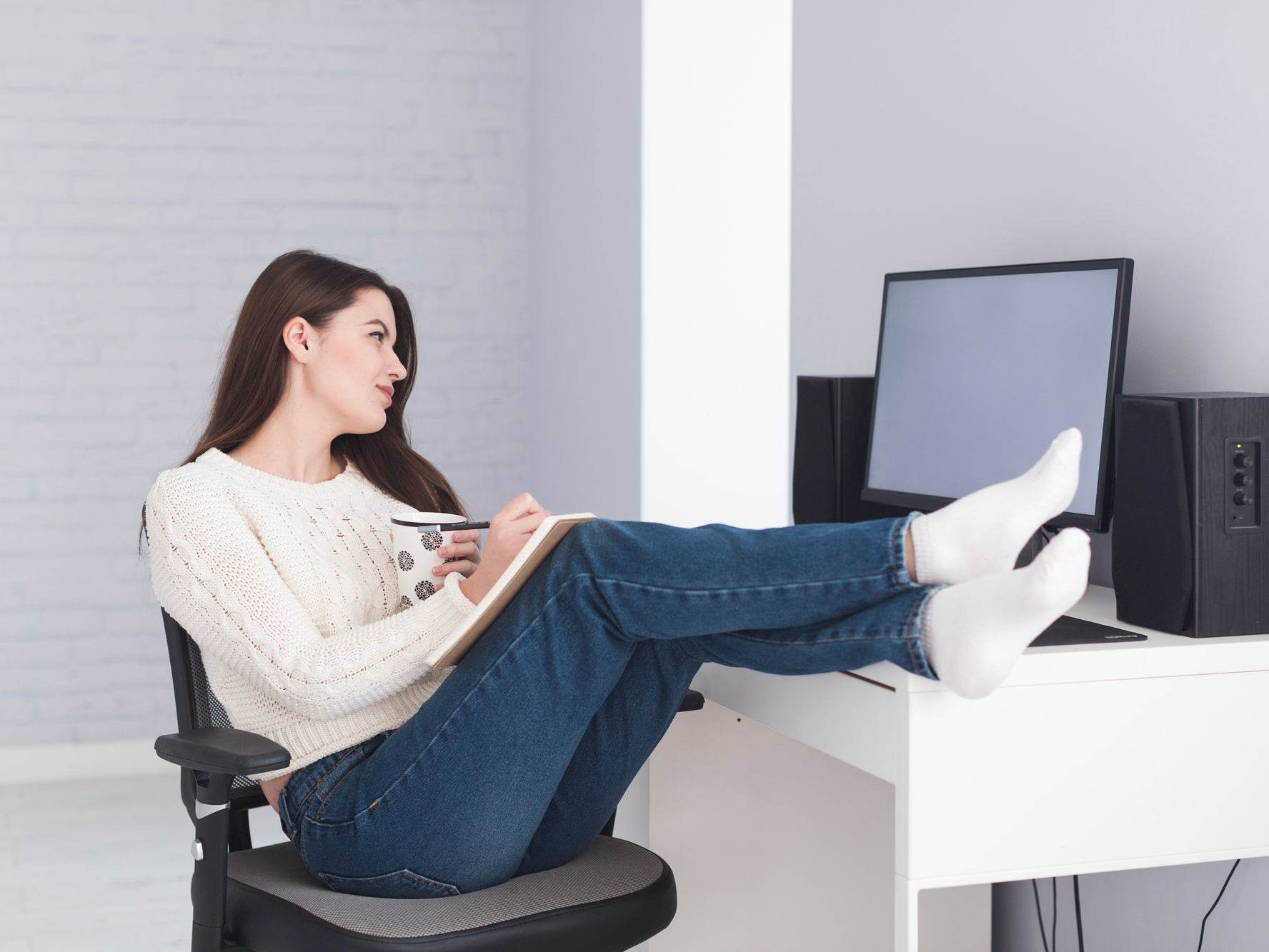
Now that you understand the importance of posture, let’s explore different sitting positions and their effects:
The Upright Posture: The Champion of Comfort and Support
This position reigns supreme for a reason! Imagine sitting with your back perfectly straight, shoulders relaxed and dropped down away from your ears. Your feet should be flat on the floor, with your knees bent at a comfortable 90-degree angle. This alignment is the gold standard because it promotes optimal spinal alignment.
Think of your spine as a stack of discs; the upright posture keeps them stacked neatly, minimizing strain on the muscles that support your back and preventing aches and pains. Additionally, your feet providing a stable base and your shoulders remaining relaxed contribute to an overall feeling of comfort and support.
The Active Sitting Position: Engaging Your Core for a Strength Boost
This position introduces an exercise ball or a kneeling chair, transforming your seat into a subtle core workout station. While it might not be ideal for sitting for hours on end (your back and knees might not thank you!), incorporating active sitting throughout your day can offer some unique benefits.
As you balance on the ball or adjust your posture on the kneeling chair, you engage your core muscles, strengthening them over time. This can improve your overall stability and posture, even when you return to a standard chair. Think of it as a sneaky way to sneak in some core exercises while you work!
The Leaning Back Position: A Relaxing Treat in Moderation
Let’s be honest, sometimes leaning back in your chair feels so good. And that’s okay! An occasional recline can be a welcome change of pace, offering a brief moment of relaxation. However, beware of making this your default position. Excessive reclining can put a strain on your neck muscles, as your head ends up in a more extended position.
Additionally, the slouching that often accompanies leaning back can strain your lower back muscles. So, enjoy the occasional lean back, but remember to return to a more upright posture to avoid any unwanted aches.
Mastering the Art: Practical Tips for Good Sitting Posture
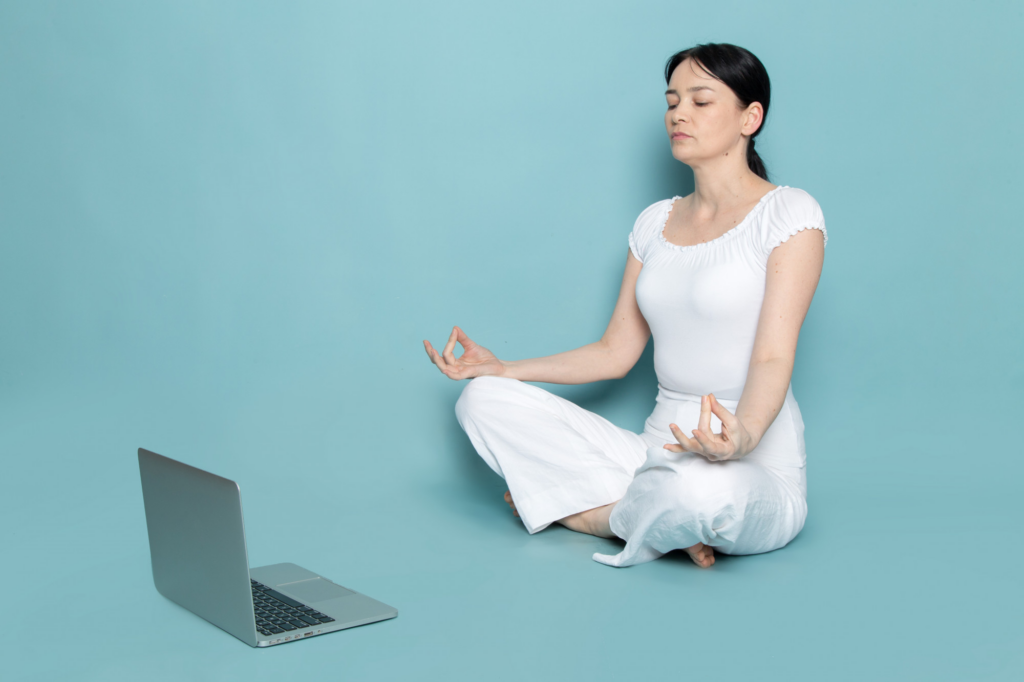
We’ve learned why good posture is crucial for healthy sitting, and we’ve explored different sitting positions. Now, let’s delve into the nitty-gritty: how to translate that knowledge into action and cultivate good sitting posture in your daily life.
Chair Check-Up
Your chair plays a vital role in supporting good posture. First, ensure the height allows your feet to rest flat on the floor with your knees bent at a comfortable 90-degree angle. Your thighs should ideally be parallel to the floor or angled slightly downward for optimal comfort.
Consider a chair with built-in lumbar support that cradles the natural curve of your lower back. If your chair lacks this feature, a lumbar pillow can bridge the gap. Finally, if your chair has armrests, adjust them so your elbows rest comfortably at a 90-degree angle while typing or working.
Posture Perfect
Now, let’s focus on your body positioning. Sit with your back straight and shoulders relaxed, imagining a string gently pulling you up from the crown of your head to maintain an elongated spine. Avoid jutting your chin forward and instead keep your head balanced with your ears directly above your shoulders for proper neck alignment.
Finally, establish a stable base by planting both feet flat on the floor, hip-width apart. Avoid crossing your legs or ankles for extended periods, as this can disrupt circulation and put strain on your hips and knees.
Micro-Movements
Sitting for long stretches is a recipe for discomfort. To counteract this, set a timer to remind yourself to get up and move around every 30 minutes. This could be a quick walk to the water cooler, a few stretches at your desk, or even a flight of stairs. Simple stretches throughout the day can also work wonders, particularly focusing on your neck, back, and shoulders to combat tightness. Even a gentle shoulder roll while seated can improve circulation and reduce tension.
Making it a Habit
Maintaining good posture requires conscious effort at first. However, with consistent practice, it will eventually become second nature. Here are some ways to make it a habit:
- Mind Over Matter: Throughout the day, consciously check your posture and make adjustments as needed.
- Posture Pal: Enlist a friend or colleague to gently remind you to adjust your posture if they see you slouching.
- Posture Perfect Apps: There are smartphone applications available that can help you monitor your posture and provide real-time feedback.
Common Sitting Mistakes to Avoid
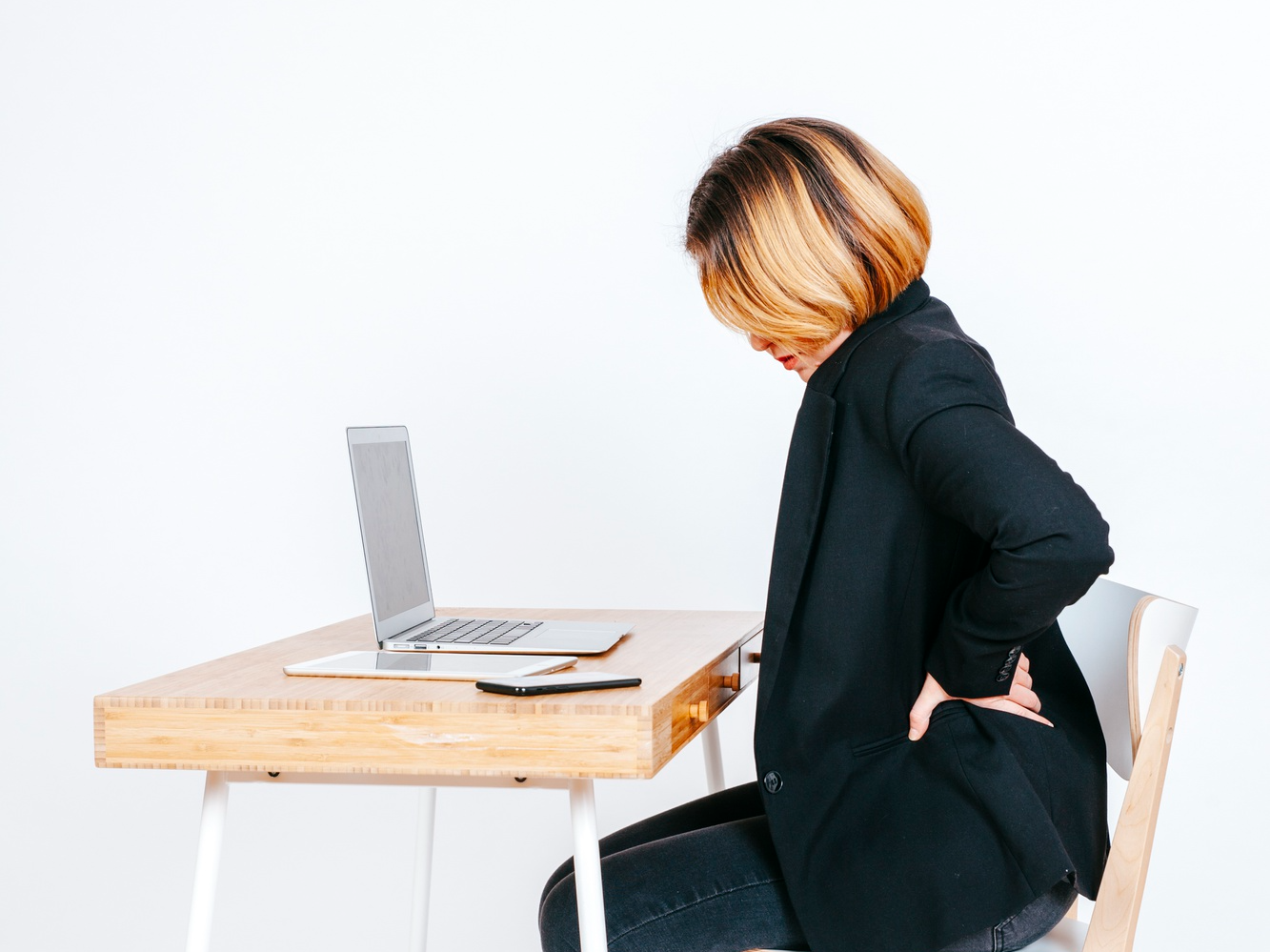
Now that we’ve explored the power of good posture and different sitting positions, let’s address the elephant in the room (or rather, on the chair): common sitting mistakes. Here are some posture pitfalls to avoid for a pain-free and comfortable sitting experience:
Slouching
This is the king of bad sitting habits. A hunched back, rounded shoulders, and a forward-leaning head might seem comfortable in the moment, but it wreaks havoc on your spine. Slouching strains your back muscles, pinches nerves, and limits your lung capacity, leading to pain, fatigue, and even headaches.
Wrong Chair
Not all chairs are created equal, and using the wrong one can wreak havoc on your posture. A chair that’s too high or too low, with inadequate lumbar support or uncomfortable armrests, can force you into awkward positions that strain your back and neck.
Crossing Your Legs
Crossing your legs for extended periods might feel comfortable, but it can disrupt your circulation and put uneven pressure on your hips and knees. This can lead to pain, numbness, and even varicose veins. Opt for keeping both feet flat on the floor, hip-width apart, for optimal comfort and support.
Leaning on Armrests
While armrests can provide some relief, relying on them excessively can hunch your shoulders and strain your neck. Ideally, your arms should rest comfortably at your sides, with your elbows bent at a 90-degree angle when using your keyboard or mouse.
Sitting for Too Long
Sitting in the same position for extended periods, even if it’s initially comfortable, can lead to stiffness and discomfort. Our bodies were designed to move! Set a timer to remind yourself to get up and move around every 30 minutes. Take a short walk, stretch your legs, or do some gentle shoulder rolls to keep your blood flowing and prevent aches.
Related to: Standing vs. Sitting at Work: Which One is Better for Your Health?
How Your Chair Can Help Your Sitting Position
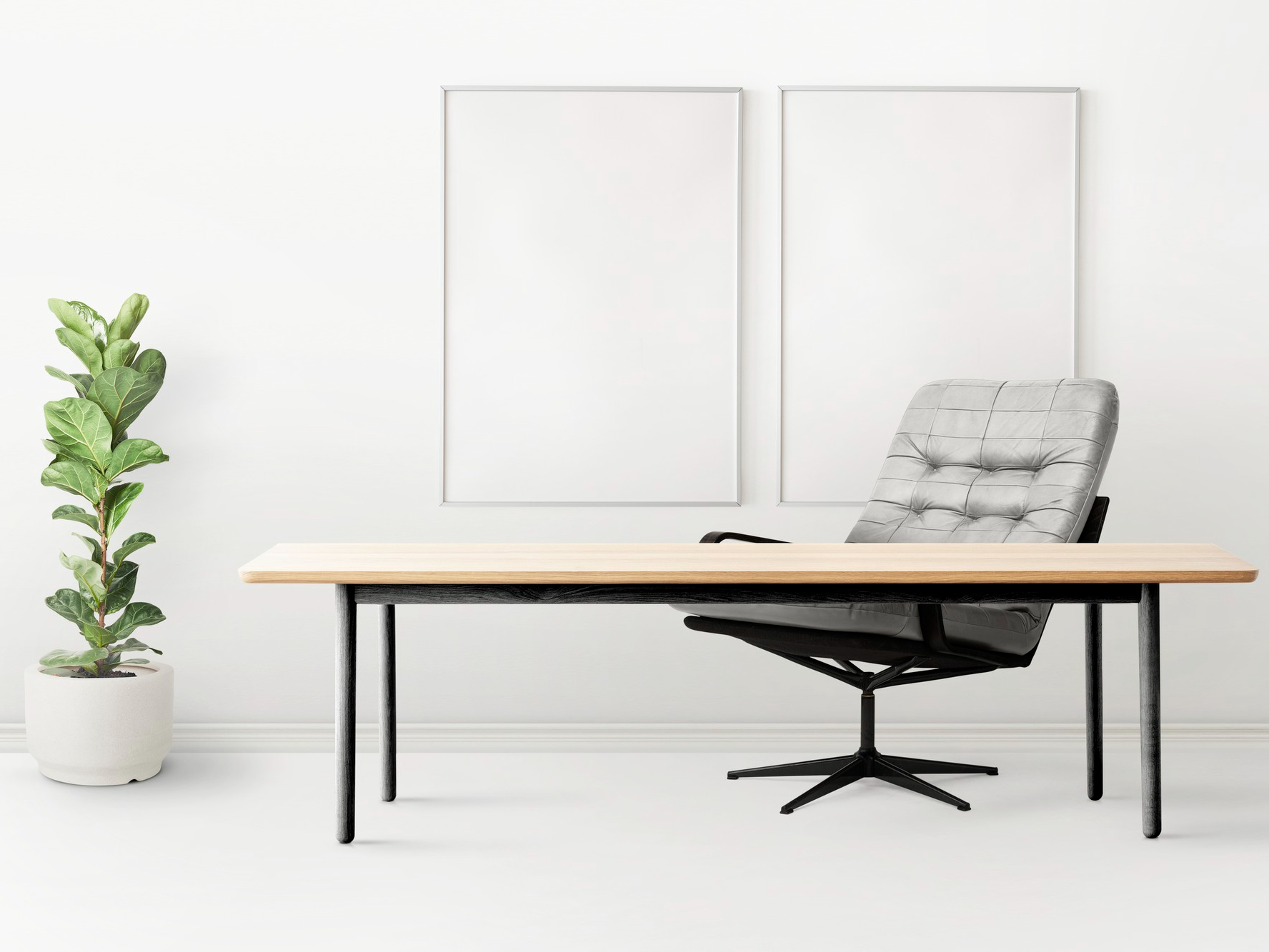
We’ve talked about posture and explored different sitting positions, but there’s another key player in the game of healthy sitting: ergonomics. Ergonomics refers to designing products and workplaces to fit the human body and promote comfort and efficiency. When it comes to sitting, an ergonomic chair can be a game-changer. Here’s how:
Spine Support
A good ergonomic chair prioritizes spinal alignment. Features like built-in lumbar support cradle your lower back’s natural curve, preventing slouching and reducing strain on your back muscles. Imagine your spine as a stack of blocks; an ergonomic chair helps them stay neatly aligned, promoting good posture.
Adjustability
Ergonomic chairs often boast adjustable features like seat height, backrest angle, and armrests. This allows you to customize your chair to fit your body perfectly, ensuring optimal comfort and support. Think of it as a chair that molds to you, not the other way around.
Posture Encouragement
The design of an ergonomic chair itself can subtly encourage good posture. Features like a contoured backrest and a waterfall seat edge can help keep your pelvis tilted forward and your spine naturally aligned. It’s like having a built-in posture coach in your chair!
Encouraging Better Circulation
Ergonomic chairs often promote better circulation by preventing pressure points and keeping your legs at a comfortable angle. This can reduce the risk of numbness, tingling, and even varicose veins. Imagine your blood vessels as highways; an ergonomic chair keeps them free of traffic jams, ensuring smooth blood flow throughout your body.
Comfort (Obviously!)
Let’s face it, comfort is key! Ergonomic chairs are designed with comfort in mind, using breathable materials and supportive features to reduce fatigue and discomfort during extended sitting periods. Think of it as an investment in your well-being; a comfortable chair can make a world of difference in your overall sitting experience.
Chairs to Support Your Sitting Positions
Finding the perfect chair can be just as important as knowing the ideal sitting positions. A chair that complements your posture choices makes a world of difference in comfort and well-being. Let’s explore some chair options designed to maximize the benefits of healthy sitting positions:
Conclusion
By understanding different sitting positions and incorporating healthy habits, you can transform your sitting experience. Remember, a little awareness and effort go a long way in promoting good posture, preventing discomfort, and keeping your body happy! So, sit up straight, take breaks, and embrace the art of healthy sitting!
